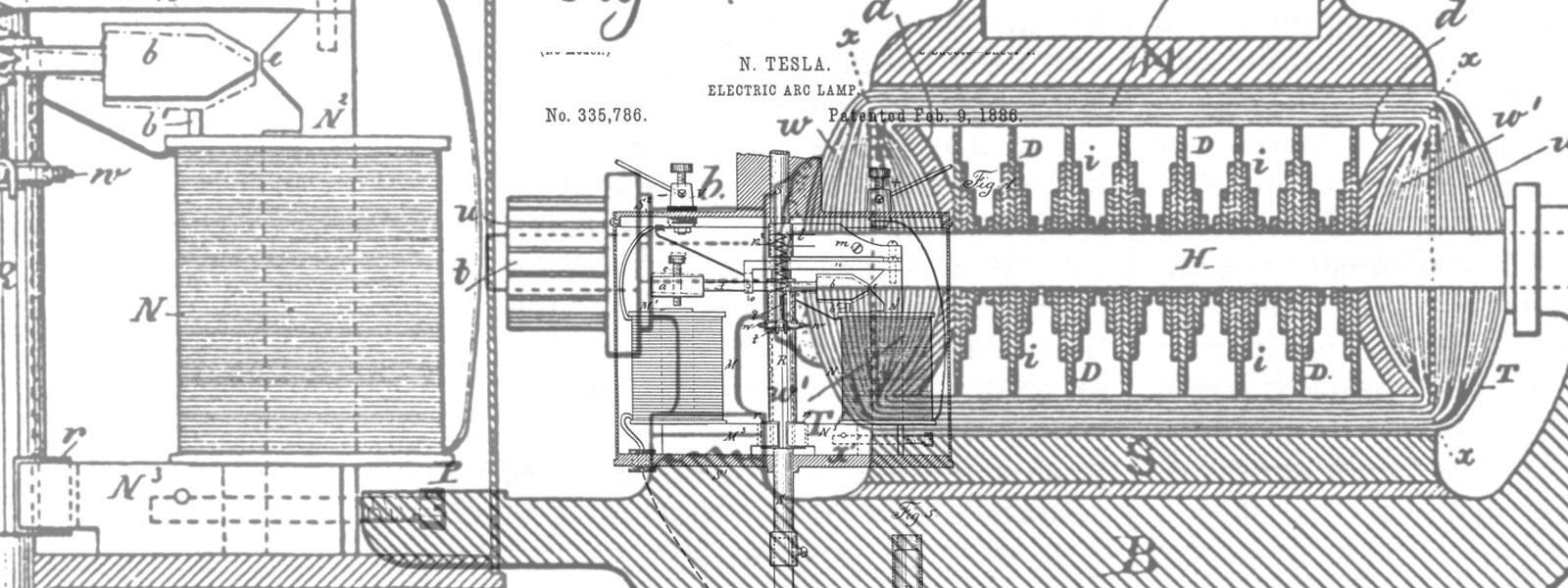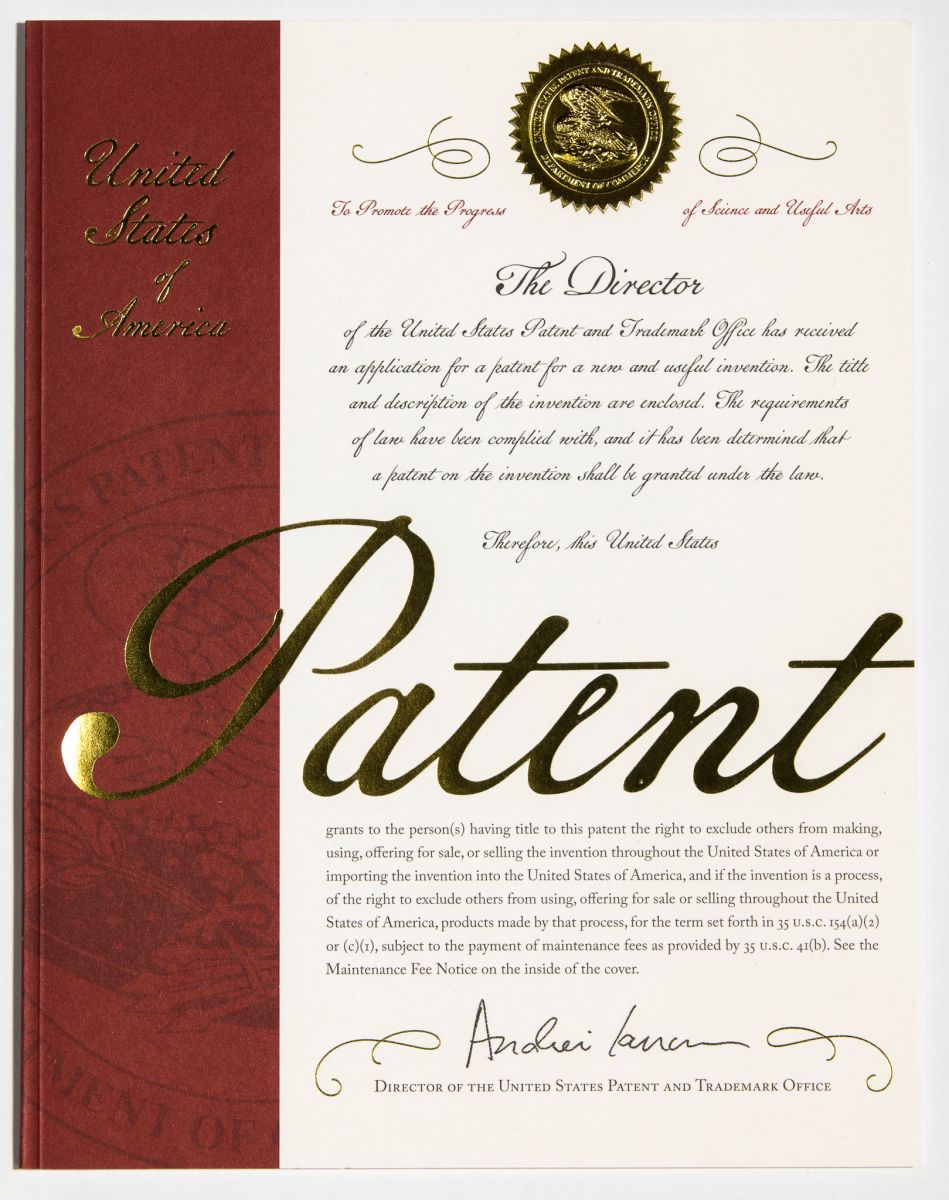Mind Your Intellectual Property: Strategies for renewable energy leadership
Now more than ever, it would be difficult to overstate the importance of the renewable energy industry. Indeed, it seems that few other industries depend as heavily on constant and rapid innovation. This industry, however, is somewhat unique in its economic incentives around innovation and intellectual property (“IP” for short). In this article, we explore some of the most common IP challenges in the renewable energy sector, and why having a well-considered IP strategy is valuable for innovative companies.

(courtesy hero-patents)
Renewable energy solutions often involve significant up-front R&D costs and massive infrastructure investments, as well as their associated risks. Without IP protection, innovators may not feel incentivized to undertake these significant up-front costs and risks because of a concern about how to recoup those costs. This so-called free-rider problem can be especially pronounced in the renewable energy space. The other side of this coin, of course, is that without innovators, we may not see the technological progress that is so desperately needed. The renewable energy sector often faces longer lead times for project implementation and regulatory approvals. This makes it even more critical to protect IP, as the window of competitive advantage can be narrower compared to industries with shorter product life cycles.
Renewable energy is further unique in its global, cooperative nature. The global nature of climate change and the push for sustainable solutions highlight the need for international cooperation in renewable energy. IP protection can help incentivize collaboration and knowledge-sharing between countries and companies, fostering a collective effort that will be necessary to effect change at a global level to address environmental challenges.
What is Intellectual Property?
Many people have heard of IP, but fewer have considered what it actually is. In short, IP is anything created in the mind. Although not necessarily tangible, IP is an asset that provides value to an organization, similar to real property or equipment. Value from IP can be captured through the strategic use of patents, trademarks, copyrights, and trade secrets.
The most common IP mistakes
Not Considering IP Early. It is somewhat counterintuitive for innovators to think about IP early in the process, before any valuable IP may exist. True innovators devote their time to developing technology, usually with the singular focus of building the best solution possible. Many innovators think, “Let’s get this solution out into the market, and we’ll worry about that IP stuff later.” Unfortunately, that reasoning can easily lead to traps later on. Simply publicly disclosing an invention by displaying it at a trade show conference can, in some circumstances, extinguish your ability to get a patent on that invention; you’ve effectively made your invention available to the public for anybody who can figure out how to build it on their own. By failing to take the time to think about IP issues earlier in the development process, those same innovators often hamstring themselves in ways that may not become apparent for years to come.
 Not Seeking IP Protection. A similar problem arises when innovators decide not to seek IP protection, which happens for any number of reasons. Most often, it is some combination of being unwilling to find the time to do it, reluctant to spend the money to do it, overwhelmed by the process, unsure who to contact, or feeling too confident that your superior solution will always overcome IP concerns.
Not Seeking IP Protection. A similar problem arises when innovators decide not to seek IP protection, which happens for any number of reasons. Most often, it is some combination of being unwilling to find the time to do it, reluctant to spend the money to do it, overwhelmed by the process, unsure who to contact, or feeling too confident that your superior solution will always overcome IP concerns.
Not Taking a Holistic View. Innovators often get tunnel vision, failing to consider IP protection from a broad, top-down perspective. Each of the various types of IP serves a different purpose. Think of IP as tools in a toolbox, where each tool is designed to accomplish a specific goal. No one tool is responsible for building a house; only when all of those tools are used correctly, and as complements to one another, that a house begins to take shape. So, too, with IP protection. The distinct types of IP protection — utility patents, design patents, trademarks, and trade secrets — should be considered as a whole when developing a comprehensive IP strategy.
Not Considering Competitors’ IP. In many cases, IP protection can be used as both a sword and a shield. Many innovators focus purely on their own ideas, while failing to consider what others in the market are doing. This can lead to unwanted and unplanned claims from competitors of IP infringement, and those claims can be devastating. Such claims can lead to a complete rebrand, a product redesign around key technologies, costly and time-consuming litigation, or a royalty fee that eats into the bottom line. By ignoring these issues, innovators leave themselves open to unmitigated risks.
Not Considering Indirect Value of IP. IP protection brings with it value that is not always easily quantifiable. This often has the real-world effect of causing its value to be discounted or ignored. Because it cannot always be easily entered on a balance sheet, it must not be valuable, the thinking goes. Though it may be difficult to quantify, IP protection nevertheless provides real-world value to innovators. This value may come, for example, in the form of direct asset value, valuations at the fundraising or exit stages that can be multiples higher than would otherwise be possible, industry recognition and acceptance, licensing value for a steady income stream, a gatekeeping or “moat” value to keep competitors at bay, and leveling the playing field for smaller industry players by minimizing some of the barriers to entry.
IP protection is no silver bullet, in renewable energy or otherwise. But when it is used thoughtfully as part of a broader business objective, it can catalyze both innovation and collaboration, which are critical to ensure that renewable energy continues to advance us towards a better, brighter, and greener future.
Doug Meier is an intellectual-property attorney and managing partner of NK Patent Law.
NK Patent Law | www.nkpatentlaw.com
Author: Doug Meier
Volume: 2024 January/February








